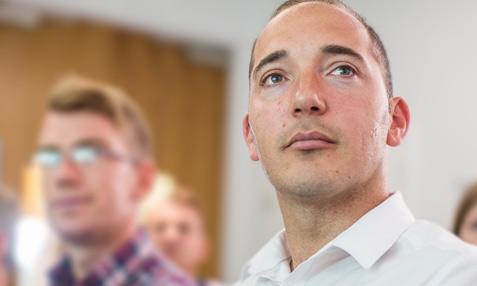
An abdominal aortic aneurysm is a bulge or swelling in the aorta, the main blood vessel that runs from the heart down through the chest and stomach. It can be very dangerous if it is not spotted early on as it can get bigger over time and could rupture, causing life-threatening bleeding.
An aneurysm’s development can be contributed to by factors such as age, hardening of the arteries, high blood pressure, COPD, family and smoking history, infection or trauma. The early stages can have no symptoms and although screening is offered to men during the year, they turn 65 it is not routinely offered to women, who must ask their GP for a screening test.
How are small aortic aneurysms diagnosed?
These rare but dangerous aneurysms are often only identified in the early stages by either an incidental finding in connection with another medical issue or following investigations after a complaint of suspicions symptoms. These would include a sharp pain that radiates into the back or persistent chest or back pain in someone with risk factors present.
The aneurysm can be identified with an investigative Ultrasound or CT scan and the recommended treatment will usually depend on how big it is and the risk of it bursting.
How are small aortic aneurysms treated?
Generally, If it is 3cm to 4.4cm in diameter then in addition to advice about healthy lifestyle, ultrasound scans are recommended every year to check if it’s getting bigger; if it’s 4.5cm to 5.4cm ultrasound scans are recommended every 3 months; if it’s 5.5cm or more then surgery to stop it getting bigger or bursting is usually recommended as at this size clinical trials have demonstrated that repairing the aneurysm begins to offer better survival than continued monitoring and conservative management.
The management at this stage would ordinarily involve a multi-disciplinary team of doctors and should include a CT scan to assess the aneurysm’s suitability for endovascular aneurysm repair (EVAR) or standard open repair using renal clamps.
What are the surgical options for treating small aortic aneurysms?
EVAR is a less invasive but more complicated type of repair using a custom-made graft to allow the insertion of stents into the renal arteries to maintain blood supply to the kidneys. The choice of the surgery will depend upon several factors, such as the position of the aneurysm and presence of adhesions from previous surgery. EVAR is a highly technical challenge and requires some forward planning of about 3-4 weeks; detailed measurement of the aorta and ordering of a made to measure stent graft prosthesis. One of the relevant factors in its favour is avoiding the need for renal clamping and risk of inadvertent damage to the intestine during abdominal resection. That risk is significantly heightened in someone with adhesions (internal scarring) from previous surgery.
Recovery from open surgery also takes longer than recovering from EVAR .
The prognosis is usually good if the aneurysm is found before it ruptures.


















